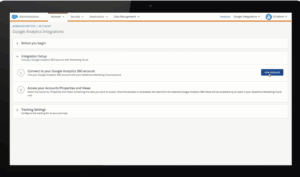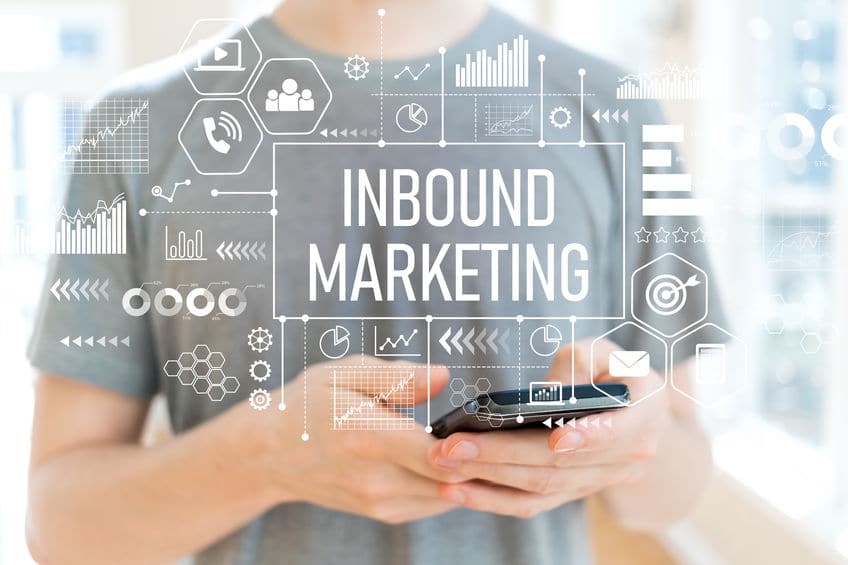Salesforce and Google Simplify Customer Insights
After six months of intensive planning and partnership, Google Analytics 360 with Salesforce Marketing Cloud officially went live on June 13th. The integration, built utilizing the strengths of both tech companies, will give enterprises and marketers the chance to gain more accurate insights about their customers.
The integration was first announced in November and a limited number of features started rolling out in beta mode in January.
Marketers will now be able to harness these integrations to analyze cross-channel engagement data in one place, authenticate and tag emails to Analytics 360 from the Marketing Cloud, understand marketing attribution, and more.
Starting later this year, marketers will also be able to create a web of audiences in Analytics 360 and then activate those audiences for engagement within Marketing Cloud.

Early testers of the integration include L’Oreal, Open Colleges, and Auto & General. According to Armita Peymandoust, VP of Product Management for Salesforce, these brands have already benefited from the integration.
Jason Kirchheimer, Head of Campaign and Loyalty Technology for L’Oreal states,
“With the combined power of Google and Salesforce, we can analyze and optimize our consumer journeys in real time. Being able to leverage Google Analytics 360 data within the context of Salesforce Marketing Cloud changes the game for our marketing analytics.”
When the integration was first announced in November, Google described its partnership with Salesforce as being exceedingly powerful and game-changing. In a blog post, they stated,
“Every day, Google Analytics processes hundreds of billions of customer moments, Salesforce Marketing Cloud sends 1.4 billion emails, and there are over 5 million leads and opportunities created in Salesforce Sales Cloud.
We believe they (integrations) will help marketers take a big step closer to the ultimate dream: providing every customer with a highly relevant experience at each step of their journey.”
The Salesforce/Google team-up is only the latest partnership Salesforce has pursued in recent months. WordPress and Salesforce came together last November to provide new tools for data collection and solutions for data management.
Breaking Down the Integrated Platform’s New Features
Regarding cross-channel engagement metrics, marketers using the integrated platform can see consumer insights in a single journey analytics dashboard, greatly improving the way email, web, and mobile data can be visualized.
For example, a content marketing publication looking to boost sales for directory listings by starting up a cross-functional campaign can get a well-rounded view of bounce rates and sales. If the bounce rates are high, the publication can easily target the abandoners and reconnect with them.
With the platform’s new attribution function, marketers can clearly see how their content or social media marketing efforts are influencing transactions and purchases.
Using the previous example, the marketing publication could easily get a sense of how each social, email, or web channel contributes to purchases. If their email campaigns, for example, aren’t performing as well, they can re-strategize their campaign to improve those specific conversions in-platform.
The upcoming audience creation and message feature, to be released in beta in the third quarter, allows marketers to build segmented audiences.
For example, the content marketing publication could build three groups of audiences; site bouncers, newsletter subscribers, and regular buyers. If a marketer views the Marketing Cloud dashboard with imported metrics from Analytics 360 and sees that purchases are down, they can then…
“create an aggregated and anonymized audience of those users in Analytics 360, and easily publish it to Marketing Cloud. From there, the marketer can add that audience to a re-engagement journey to offer additional information or discounts via email, as well as mobile notifications.” – Salesforce
In layman’s terms, the publication can send out personalized emails to consumers most likely to engage with their content. Salesforce has also stated that enterprises can use these features to connect with new and existing audiences.
Salesforce and Google will also allow companies to move Sales Cloud data from Analytics 360 into Google Cloud.
Final Thoughts
The alliance between Google and Salesforce is reflective of a broader change in the marketing industry. As new social media platforms emerge, so do new opportunities for content promotion.
This is great but with any kind of change, challenges emerge. Platforms that put a strong emphasis on cross-channel optimization are helping marketers navigate these channels.
Smartphone use is growing rapidly and marketers have been forced to optimize their content for mobile viewing. Competition in the marketing sphere is fierce and mobile optimization simply isn’t an option anymore.
Marketers have to make informed decisions, they have to be strategic and can’t afford to skimp on the details. Optimizing and managing data isn’t easy but emerging platforms like the new Salesforce infused Google 360 Analytics platform, are making it easier.
What do you think about this exciting integration? Share your first impressions in the comments below.








